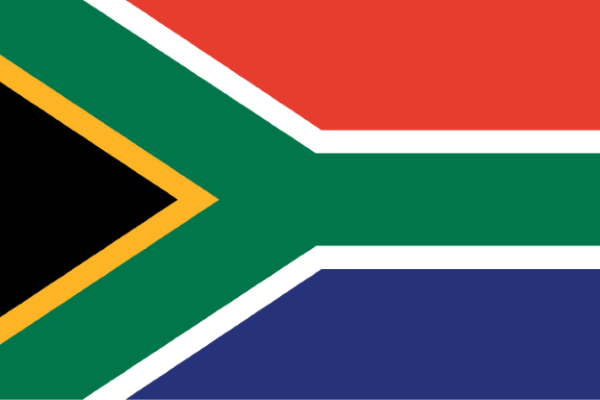The Order of the Companions of O.R. Tambo in Silver

King Moshoeshoe II (1938 - 1996) Awarded for:
Exceptional contribution to the struggle against apartheid through supporting the liberation movement in times of need.
Profile of King Moshoeshoe II
King Moshoeshoe II was born Constantine Bereng Seeiso on 2 May 1938, the eldest son of Paramount Chief Seeiso of Basutoland (now Lesotho). He was educated at the Catholic Missionary Centre at Roma, outside Maseru, the capital of Basutoland. He completed his education in England and eventually graduated from the Corpus Cristi College at Oxford University.
Following the death of Paramount Chief Seeiso in 1960, Constantine Bereng Seeiso ascended to the throne at the young age of 22, as King Moshoeshoe II. Moshoeshoe II assumed his role as King at the height of the struggle for the freedom and independence of Africa from colonial rule. Moshoeshoe II aligned his country with the winds of change sweeping the continent, supported the struggle against colonial rule and specifically opposed the apartheid regime in neighbouring South Africa. Under his firm hand, his country gained full independence from Britain in 1966, and changed its name from Basutoland to Lesotho.
However, differences began to develop with Leabua Jonathan, the Prime Minister of his democratically elected government. In 1970, King Moshoeshoe II was deposed by his prime minister and placed under house arrest. Moshoeshoe went into exile in the Netherlands but was recalled by Jonathan as a constitutional monarch and head of state. After a period of stability, the country underwent a period of turmoil leading to a coup d'etat in 1986 led by Major-General Metsing Lekhanya. Moshoeshoe II was once again installed by the military junta as King, with attendant political powers. But the military junta proved unpopular and in 1990 Major- General Lekhanya deposed King Moshoeshoe II, who was once again forced into exile. A constituent assembly was established to usher in democratic elections.
When Moshoeshoe II refused on principle to accept new terms for his re-installation, Lekhanya replaced Moshoeshoe with the latter's son, Prince Bereng Seeiso, who was proclaimed King Letsie III. Letsie's popularity took a dive when he himself engineered a royal coup in 1994 against the popularly elected government of Prime Minister Ntsu Mokhehle, whose Basutoland Congress Party had won the first democratic elections by a landslide in 1993. Under pressure from his own people and the governments of South Africa, Zimbabwe and Botswana, King Letsie III abdicated in favour of the steady hand of his father, who was yet again installed as King in 1995. However, tragedy struck within a year, with the king being killed in a car accident.
The political stability and the peace for which King Moshoeshoe II had worked tirelessly, ultimately eluded him in his lifetime. The vicissitudes of politics, power and the times had taken their toll. Despite being persecuted, he stayed true to the ideals of peaceful change and refused to use his crown to divide his people. The people of Lesotho continue to revere this great man for the humble, wise and calm leadership he portrayed throughout a tempestuous time of political discord and strife.
He is honoured as one of Africa's great traditional leaders who contributed to the democratic evolution of his country.




